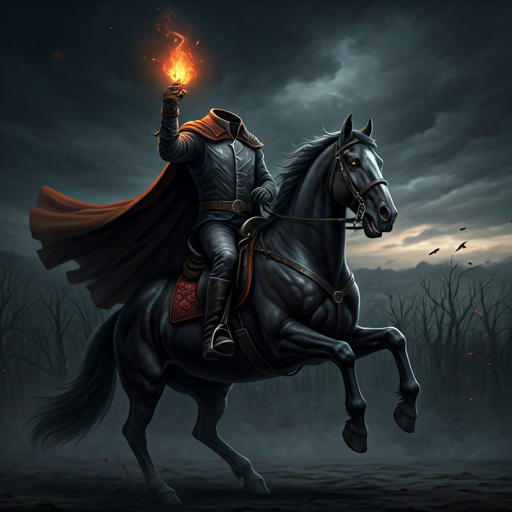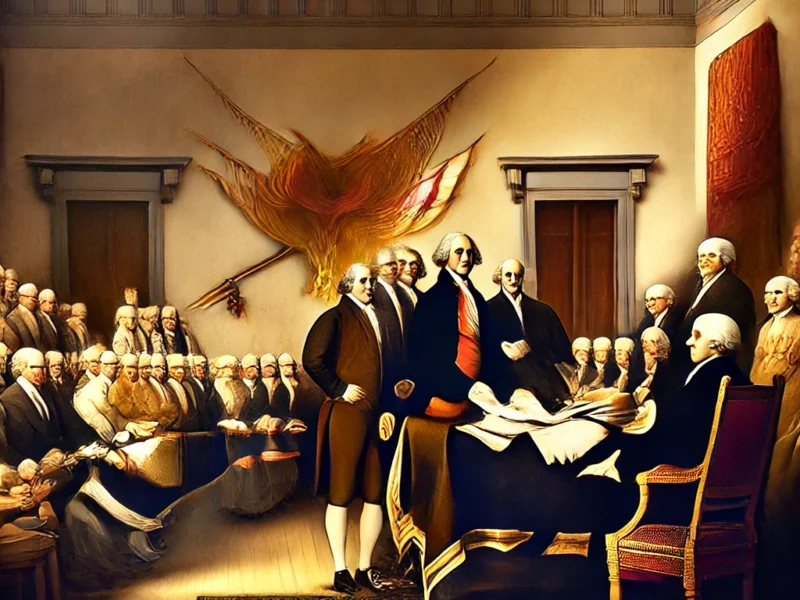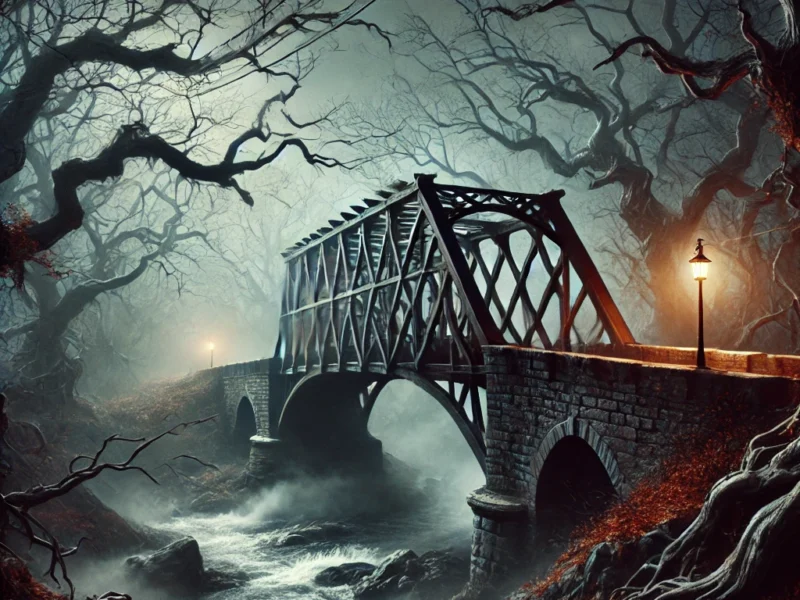Among the most chilling figures in Irish folklore is the dullahan, a spectral being whose eerie presence is both feared and revered. Known as a harbinger of death, the dullahan has inspired countless tales of the supernatural and remains a compelling figure in Celtic mythology.
A Haunting Appearance
The dullahan is typically depicted as a headless rider, mounted on a jet-black steed. Its severed head, which it carries under one arm, is grotesque and otherworldly. The head is described as having a ghastly grin that stretches from ear to ear, and its eyes are said to glow like burning coals, granting the dullahan the ability to see vast distances, even in total darkness.
The dullahan’s steed is equally terrifying, often described as emitting sparks and flames from its nostrils and hooves. In some variations of the tale, the dullahan rides a macabre black carriage known as the “Coach-a-Bower,” constructed from human bones and drawn by six black horses. The sight of this carriage is a sure omen of death.
The Role of the Dullahan
The dullahan’s primary role in Irish folklore is as a harbinger of death. It is said to appear at the moment of a person’s death, either to foretell it or to collect the soul of the deceased. When the dullahan stops riding, it is believed that someone nearby will die. In some tales, the dullahan speaks the name of the doomed individual, sealing their fate instantly.
Locks, doors, and walls are no barriers to the dullahan; it moves unhindered through the physical world. Wherever it rides, it leaves an overwhelming sense of dread and unease in its wake.
The Dullahan’s Tools of the Trade
The dullahan is often armed with a whip made from a human spine, which it uses to lash at those who dare to look upon it. It is said that witnessing the dullahan can result in immediate blindness or the dousing of the individual in a basin of blood—a sign of their impending death.
Weaknesses and Protections
Despite its fearsome power, the dullahan has one notable weakness: gold. Even a small piece of gold is said to repel the dullahan and protect anyone who encounters it. This aversion to gold is a recurring theme in many Irish tales, emphasizing its symbolic power as a talisman.
Origins and Cultural Significance
The dullahan’s origins lie in ancient Celtic beliefs about death and the Otherworld. Some scholars connect the dullahan to the Irish death deity Crom Dubh, to whom human sacrifices were once made. Over time, the figure of the dullahan evolved, retaining its role as a death omen while becoming a more personalized and dramatic figure in folklore.
In Irish culture, the dullahan serves as a stark reminder of mortality and the inevitability of death. Its chilling tales have inspired modern depictions of headless riders, including the iconic Headless Horseman of Washington Irving’s The Legend of Sleepy Hollow.
The Dullahan in Modern Times
While belief in the dullahan has waned over time, its legacy endures in literature, art, and popular culture. The figure continues to capture the imagination, blending fear and fascination in equal measure. For those interested in Irish folklore, the dullahan remains one of the most unforgettable figures—a spectral rider whose story bridges the gap between the living and the dead.



